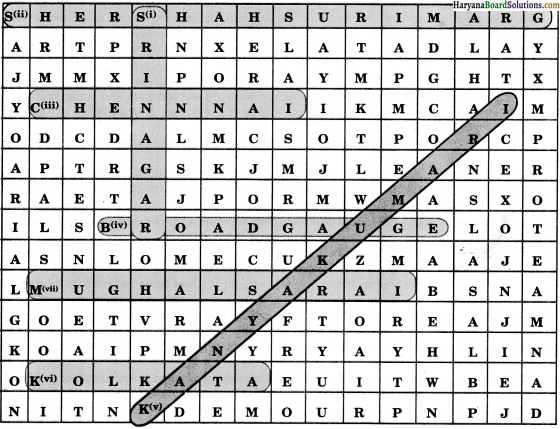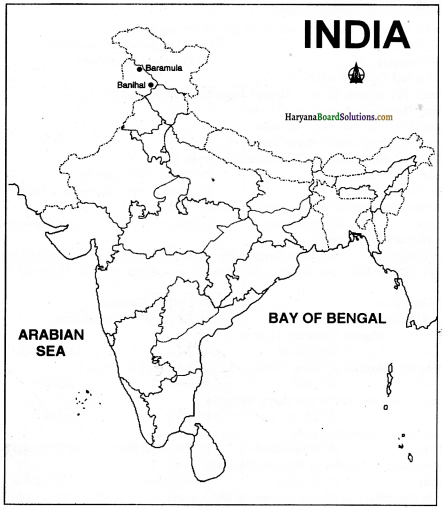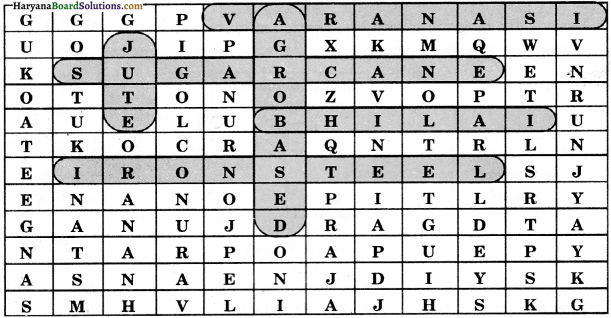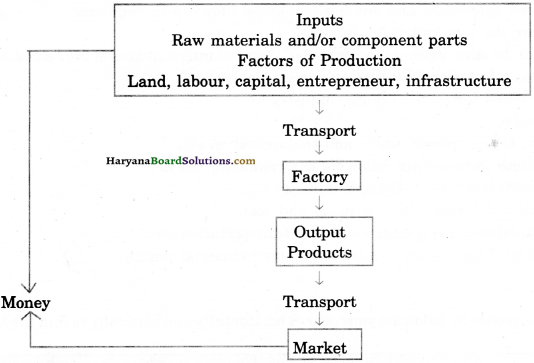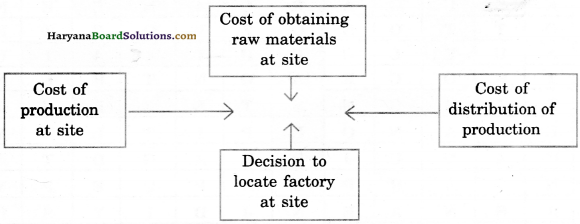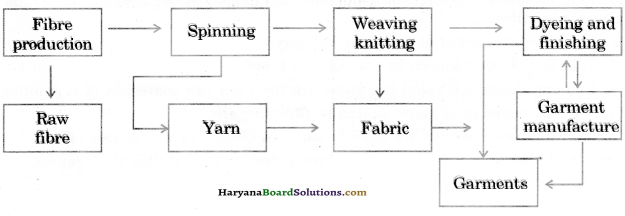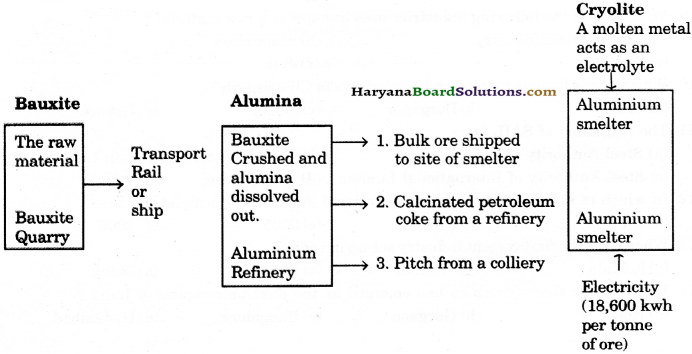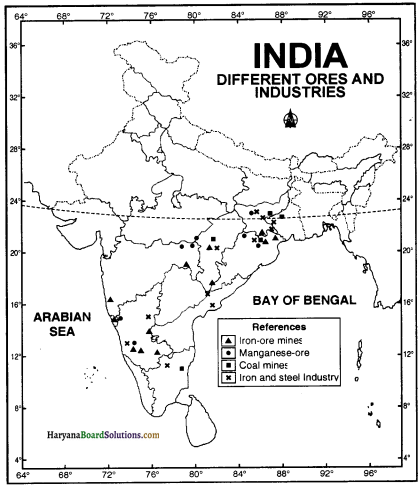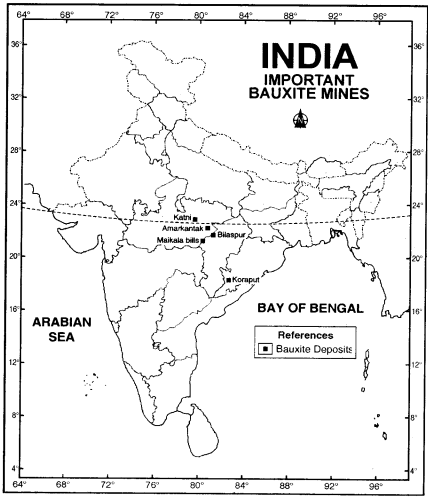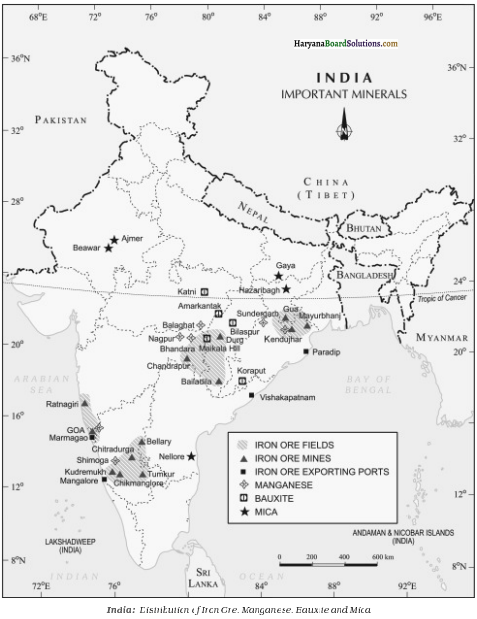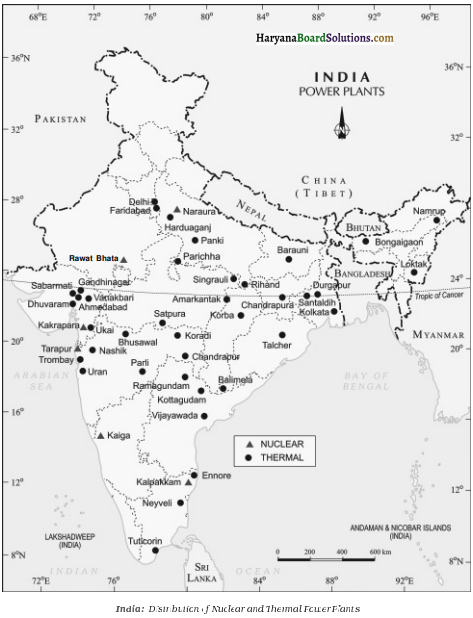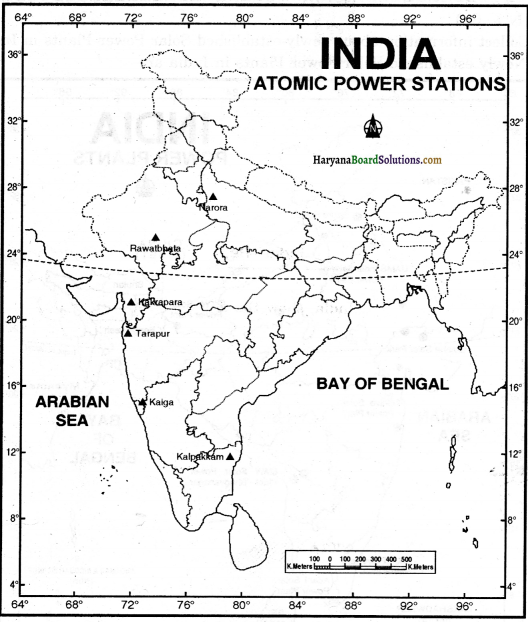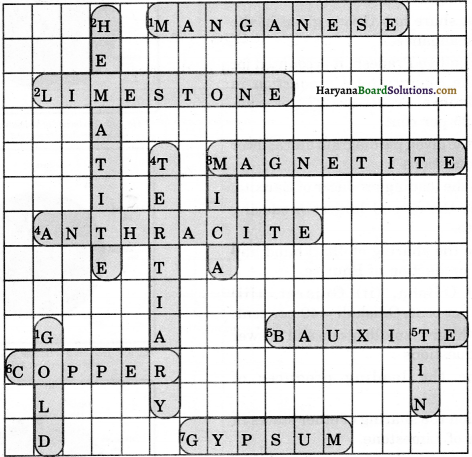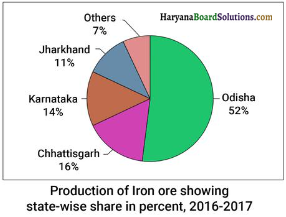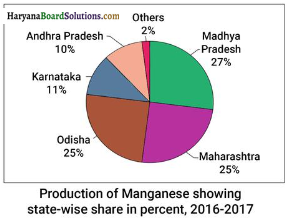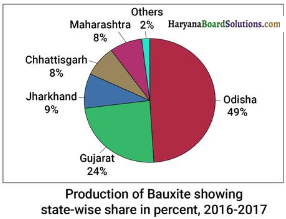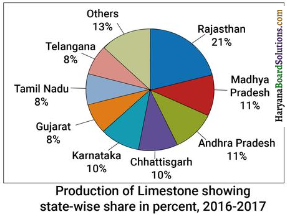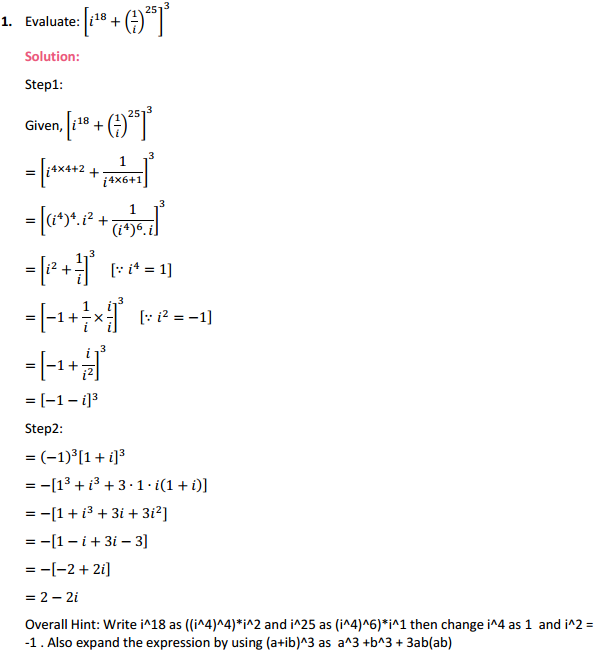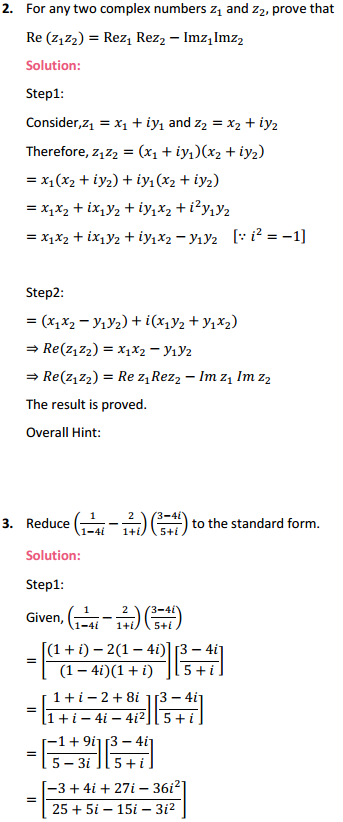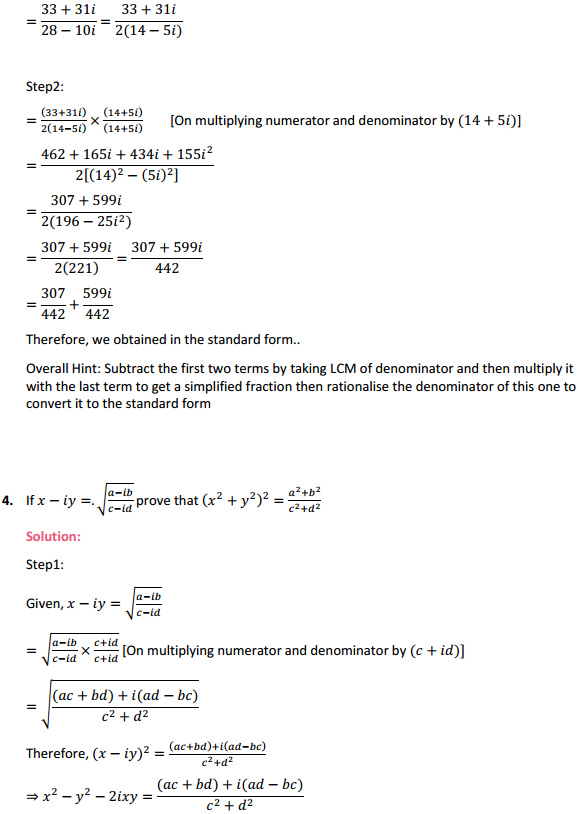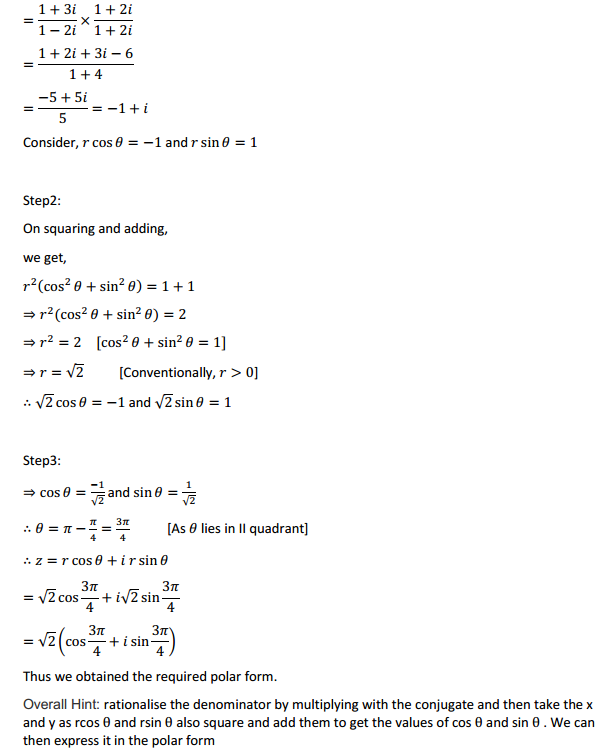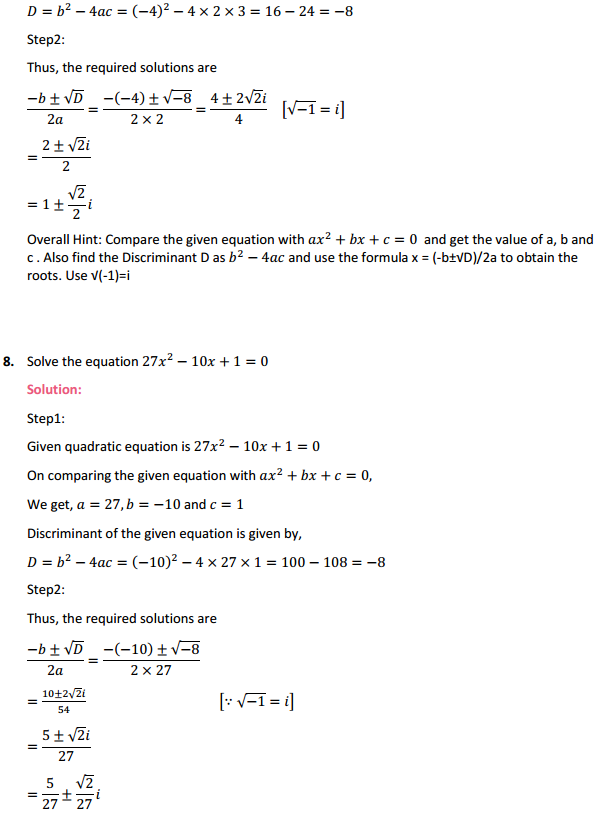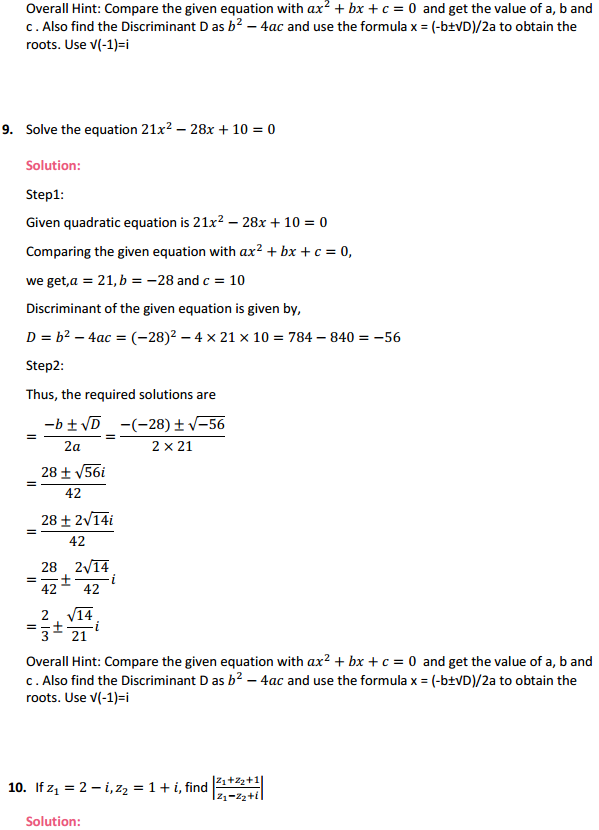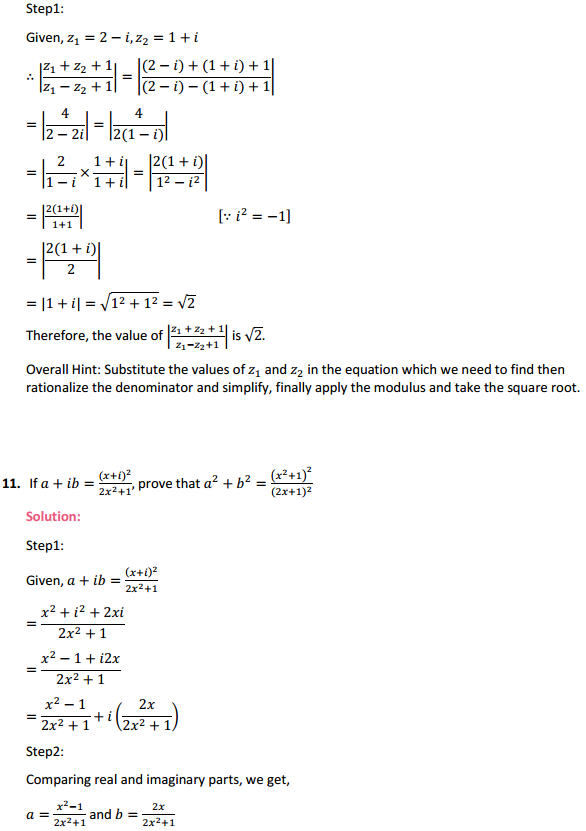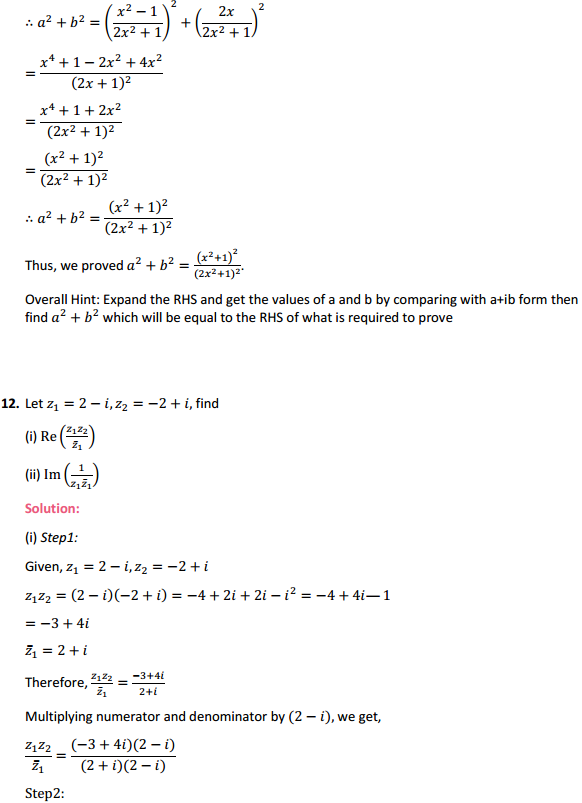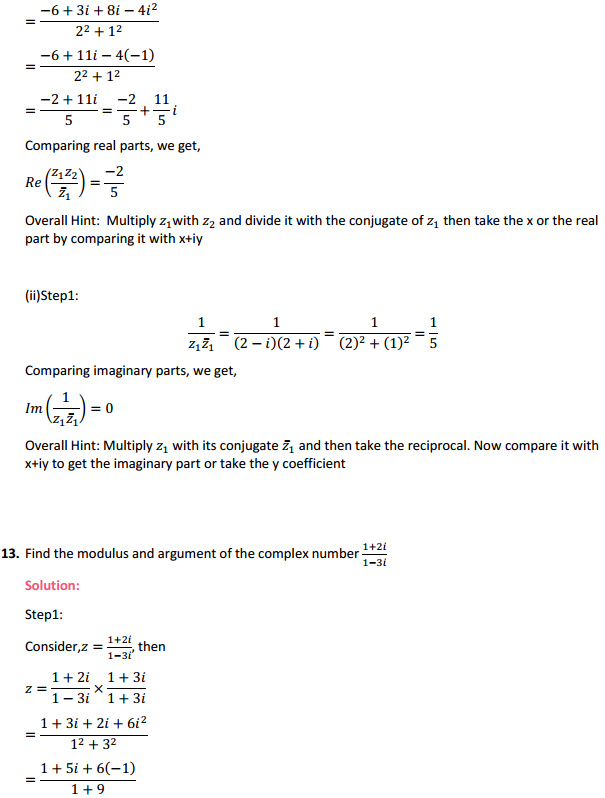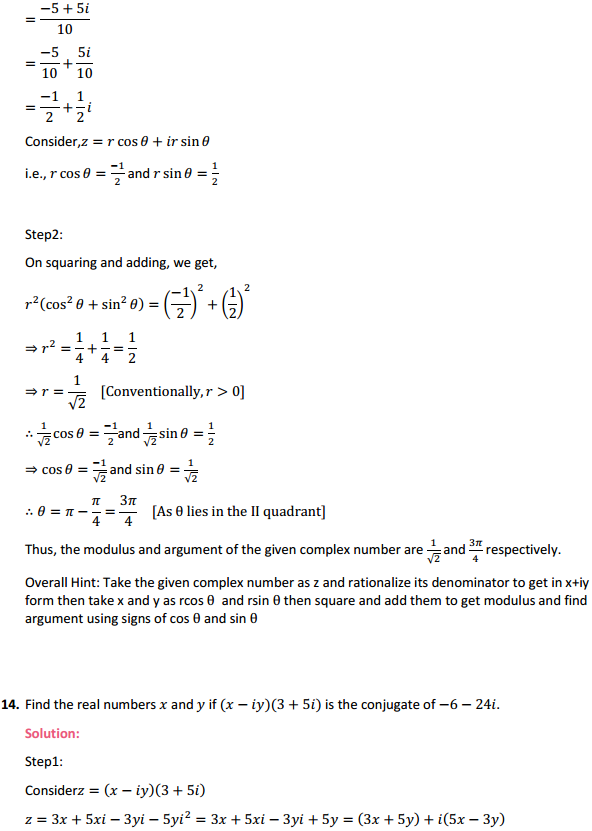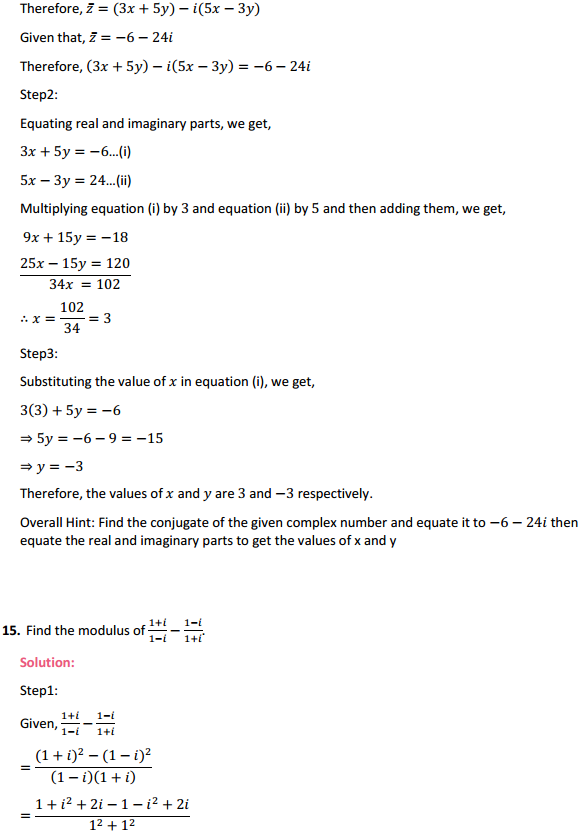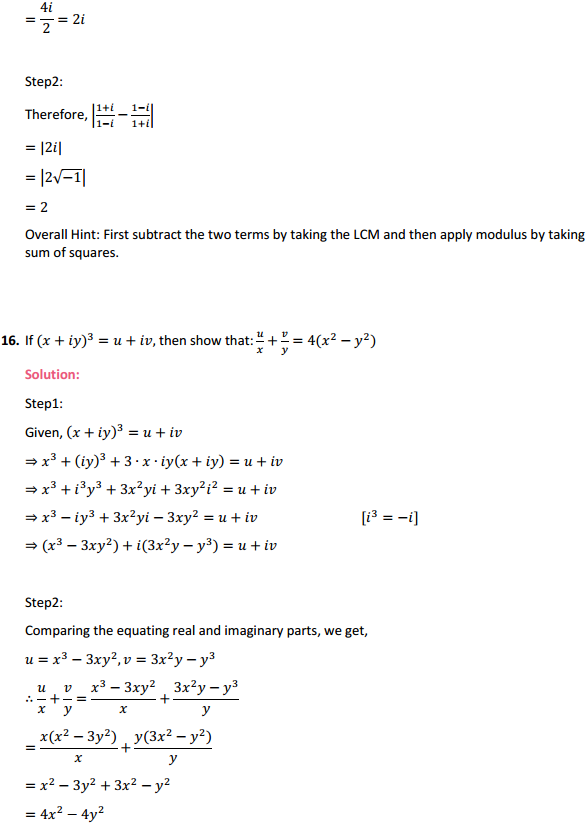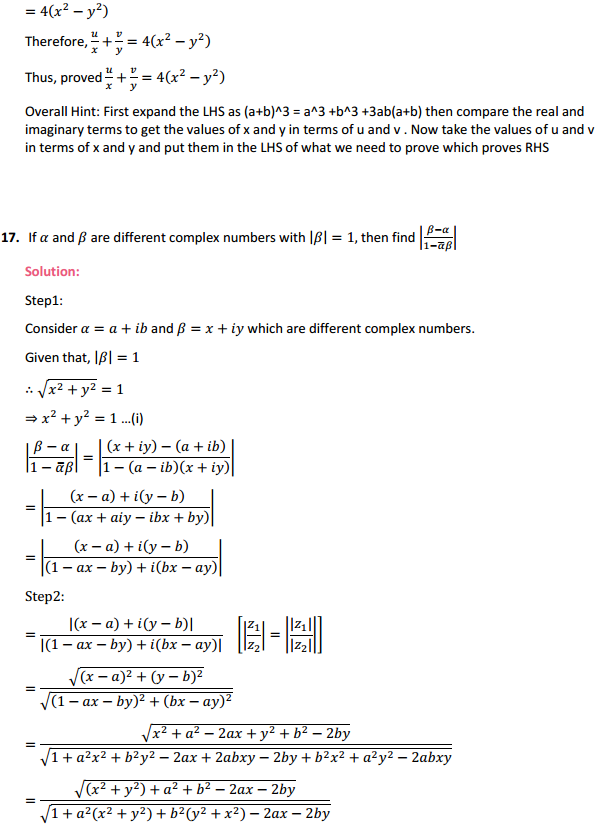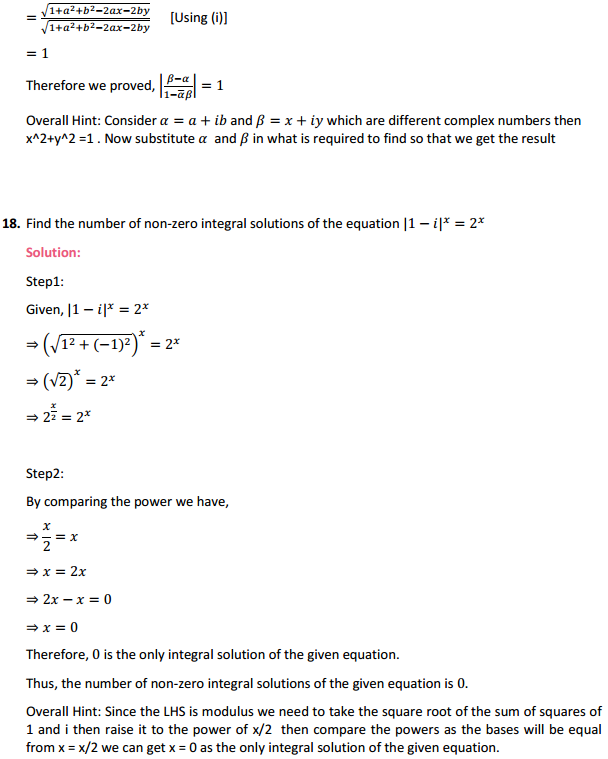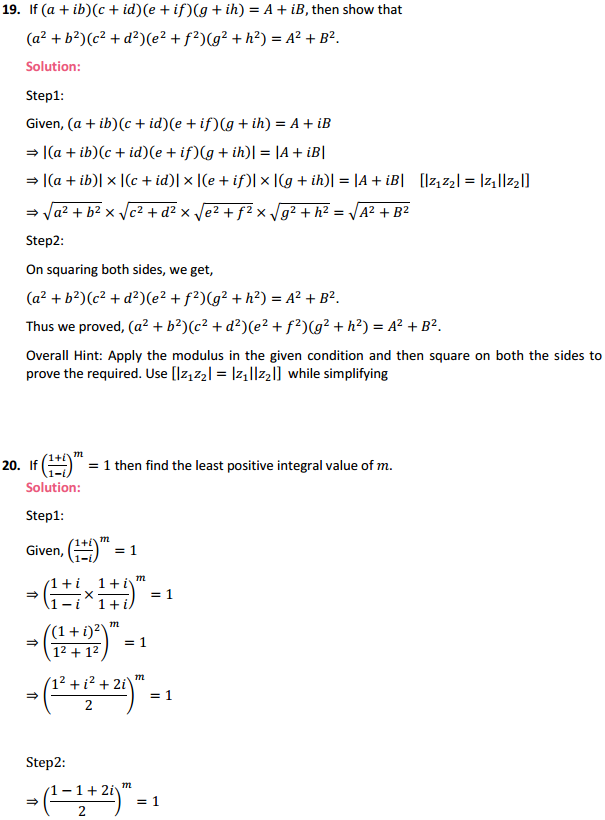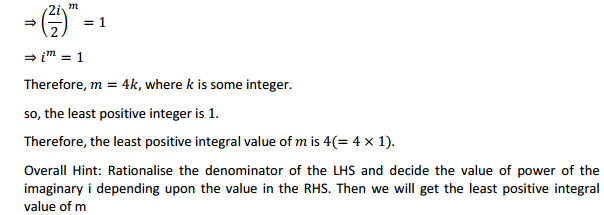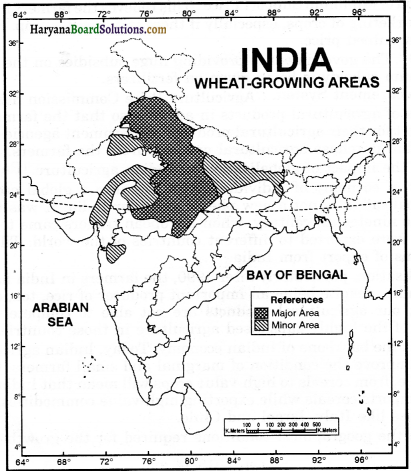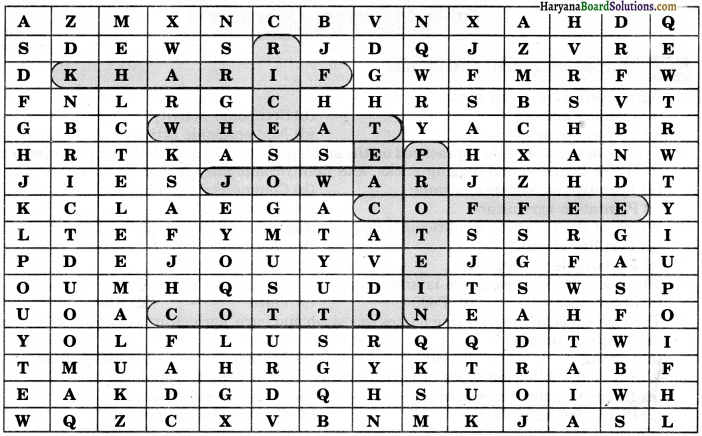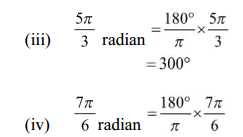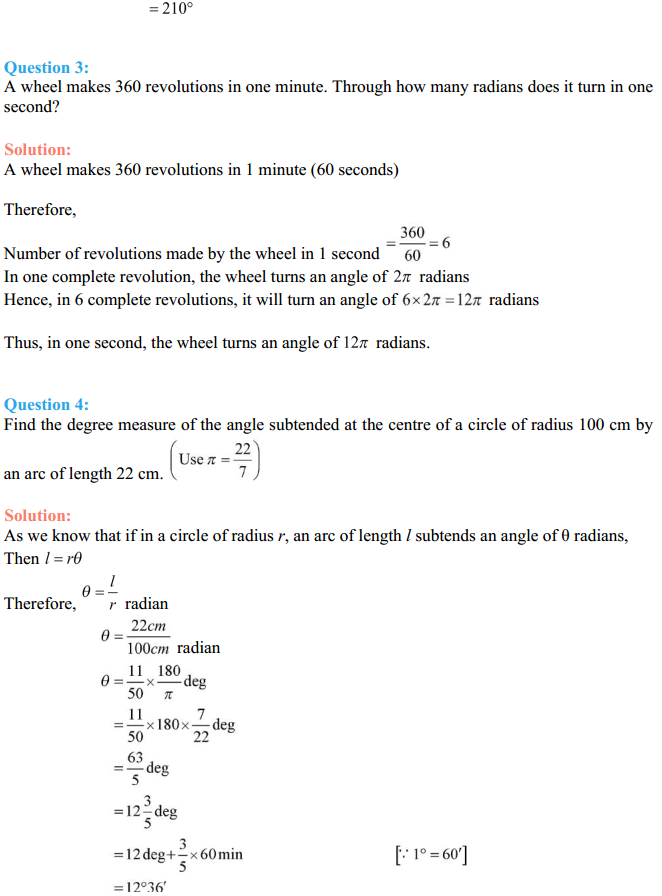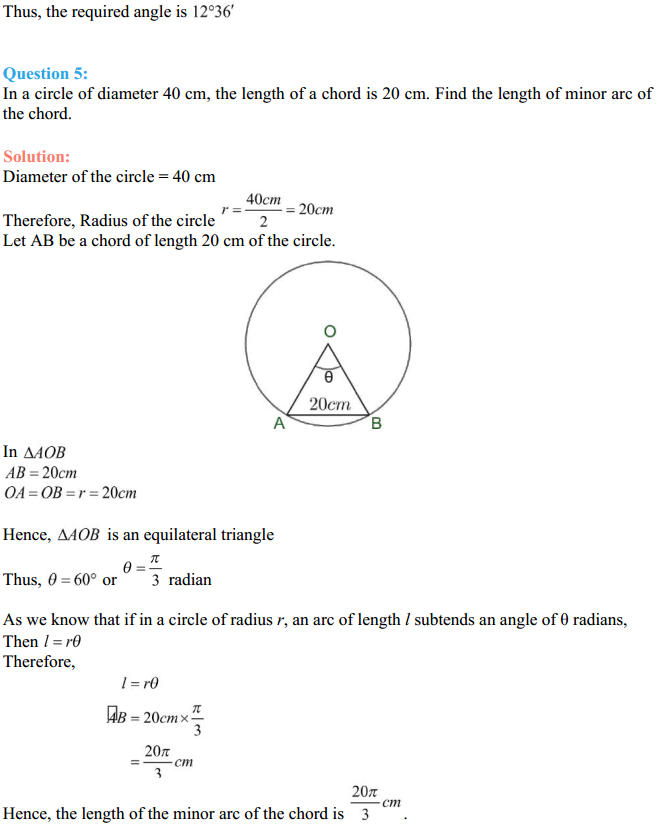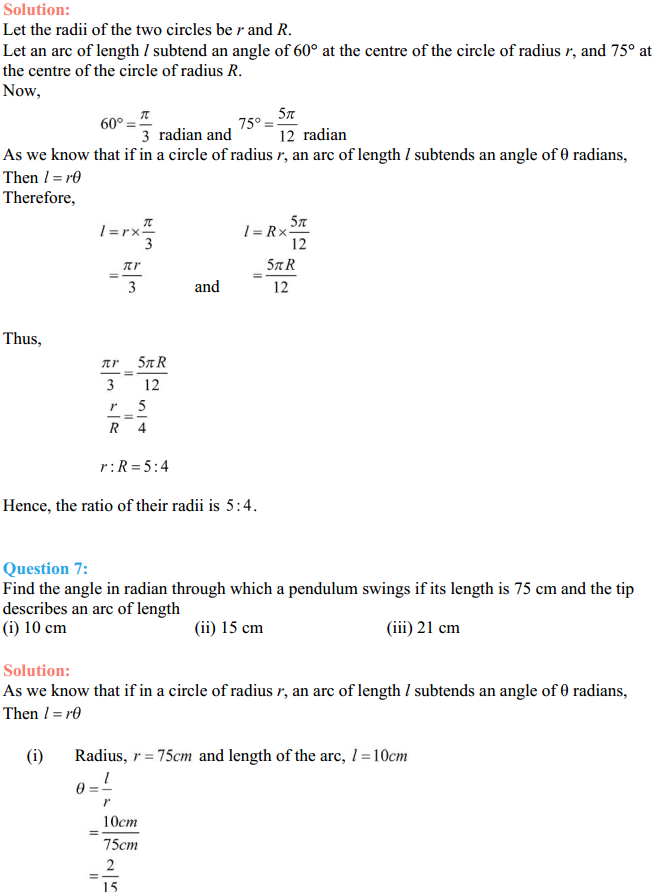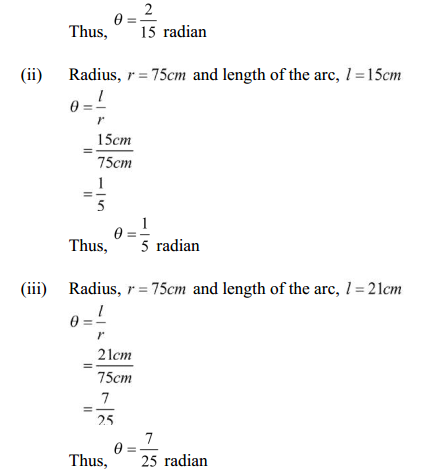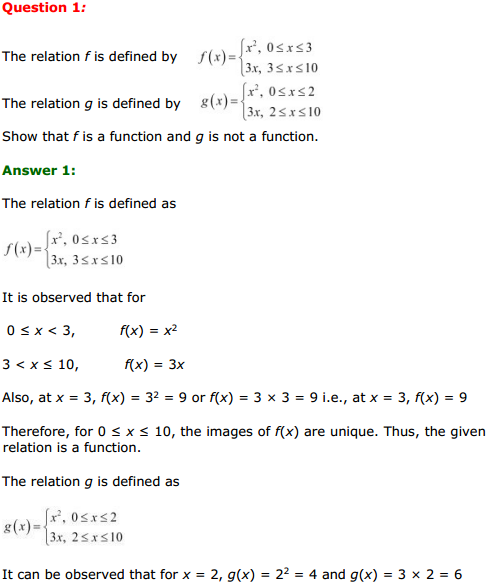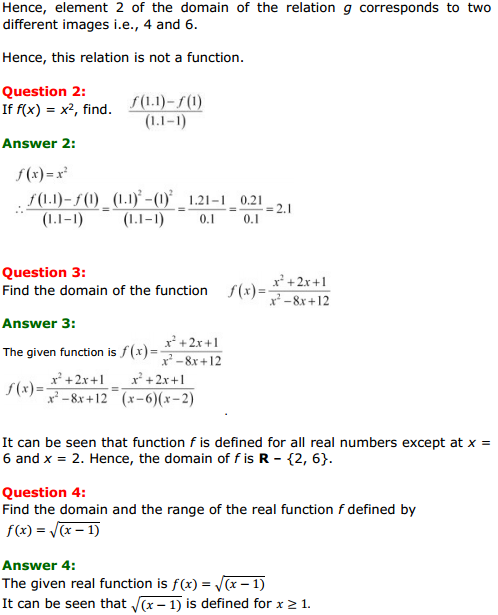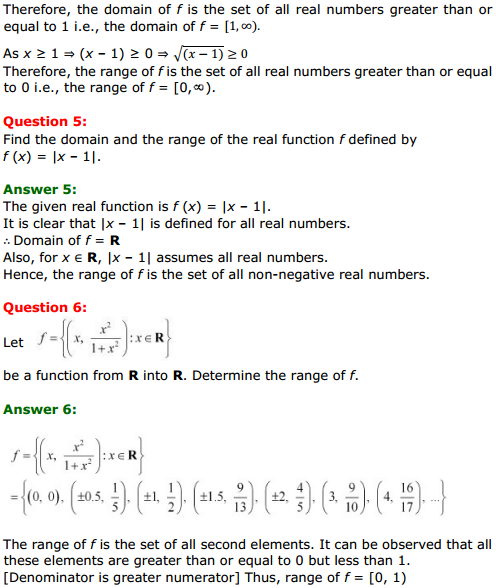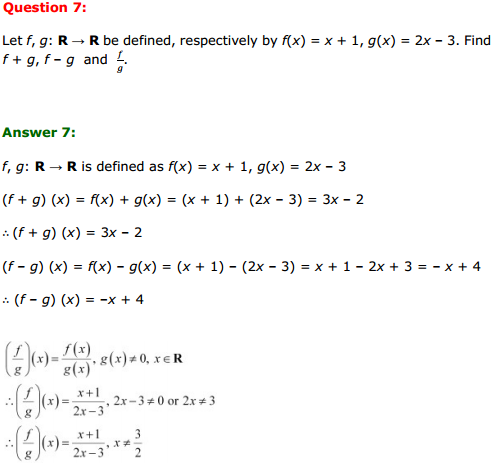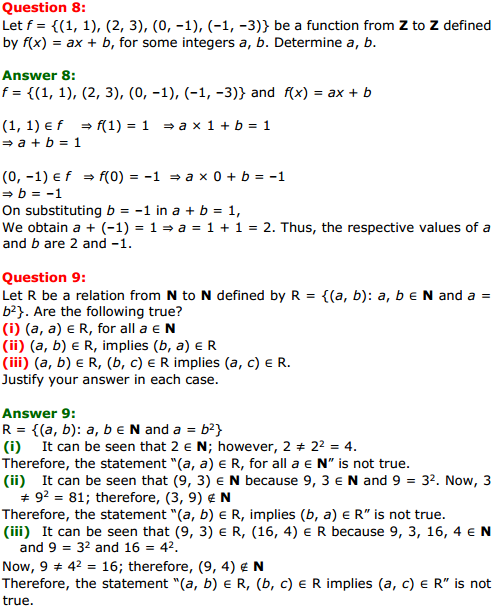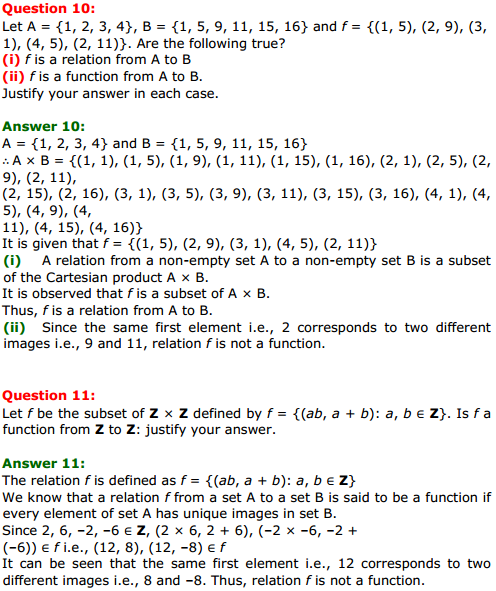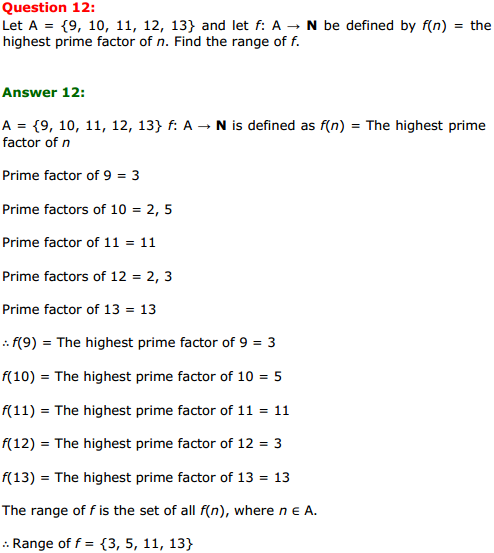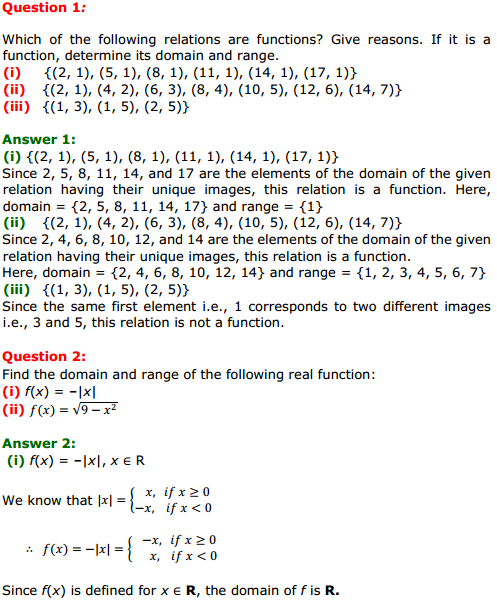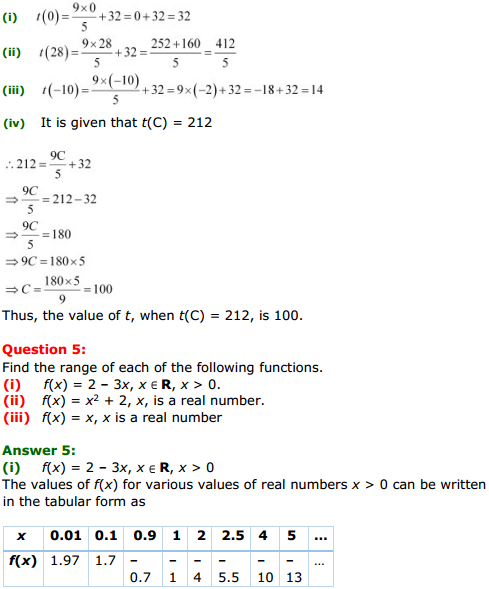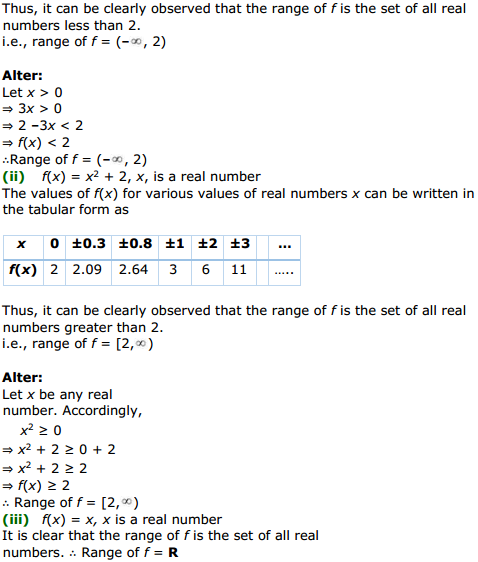HBSE 10th Class Social Science Solutions Geography Chapter 1 Resource and Development
Haryana State Board HBSE 10th Class Social Science Solutions Geography Chapter 1 Resource and Development Textbook Exercise Questions and Answers.
Haryana Board 10th Class Social Science Solutions Geography Chapter 1 Resource and Development World
HBSE 10th Class Geography Resource and Development Intext Questions and Answers
Textbook (Page No. 1)
Resource and Development Class 10 Questions And Answers HBSE Question 1.
Can you identify and name the various items used in making life comfortable in our villages and towns ? List the items and name the material used in their making.
Answer:
Do it yourself, (house, Rail transport, Roads, many types of goods, furniture etc.) All of them are made with help of many Natural Resources like wood, forest, water, minerals, soil and many more.)
Textbook (Page No. 2)
Class 10th Geography Chapter 1 Question Answer HBSE Question 2.
Identify at least two resources from each category.
Answer:
Resource category Example
- Biotic Resources – Humans, plants, animals.
- Abiotic Resources – Rocks, metals, soil.
- Renewable Resources – Solar energy, wind energy, water, forest and wildlife.
- Non-renewable Resources – Minerals and fossil fuels.
- Individual Resources – Plots, houses, parks, pasture-lands, wells.
- Community Owned Resources – Grazing grounds, burial grounds, village ponds, public parks, picnic spots, playgrounds.
- National Resources – Roads, canals, railway tracks, minerals, water,
forest and wildlife. - International Resources – Exclusive Economic Zone, Oceanic routes.
- Potential Resources – Geo-thermal energy, wind energy, solar energy.
- Developed Resources – Coal, mineral oil, water.
- Stock – Water, wind.
- Reserves – Water in the dams, forests.
Resource and Development Question Answers HBSE 10th Class Question 3.
Identify some other resources which are international in nature,
Answer:
Water, seas, oceans, and their resources are included in international resources.
![]()
Textbook (Page No. 3)
Question 4.
Prepare a list of stock and reserve resources that you are familiar with from your local area.
Answer:
Stock – Water, Solar energy. Wind energy, Geothermal energy etc.
Reserve – Forest, River water, Water stored in dams etc.
Question 5.
Imagine, if the oil supply gets exhausted one day, how would this affect our life style?
Answer:
If the oil supply gets exhausted one day, this would affect our life in the following ways :
- The transport system would be severly affected.
- We would have to go by cycle or on foot.
- Goods would not be transported from one place to another place by vehicles.
- Vegetables and daily needs would become far more expensive.
Question 6.
Plan a survey in your colony/village to investigate people’s attitude towards re-cycling of the domestic/agricultural wastes. Ask questions about:
(a) What do they think about the resources they use?
Answer:
They think of resources is as their own personal property.
(b) What is their opinion about waste and its utilization?
Answer:
Many people do not know about waste management even nowadays, but some people know to manage resources according to their uses.
(c) Collage your results.
Answer:
Do it yourself with the help of your teacher.
![]()
Textbook (Page No. 4)
Question 7.
Prepare a list of resources found in your state and also identify the resources that are important but deficit (hard to find) in your state.
Answer:
Resources found in Rajasthan
- Minerals
- Soil
- Animals
- Forest
- Water.
Resources deficit (hard to find) in Rajasthan Energy resources like coal, crude oil, natural gas and water.
Question 8.
What resources are being developed in your surroundings by the community/village panchayats/ward level committees with the help of community participation?
Answer:
Resource development at the level of village panchayat:
- Development of agricultural gardening.
- Development of barren land.
- Development of pasture land.
- Construction of ponds and wells for water.
- Development of burial grounds.
- Development of community buildings.
Resource development at ward level:
- Development of gardens and parks.
- Construction of drinking water tanks.
Textbook (Page No. 6)
Question 9.
Try to do a comparison between the two pie charts (Fig. 1.4) given for land use and find out why the net sown area and the land under forests have changed from 1960-61 to 2014-15 very marginally.
Answer:
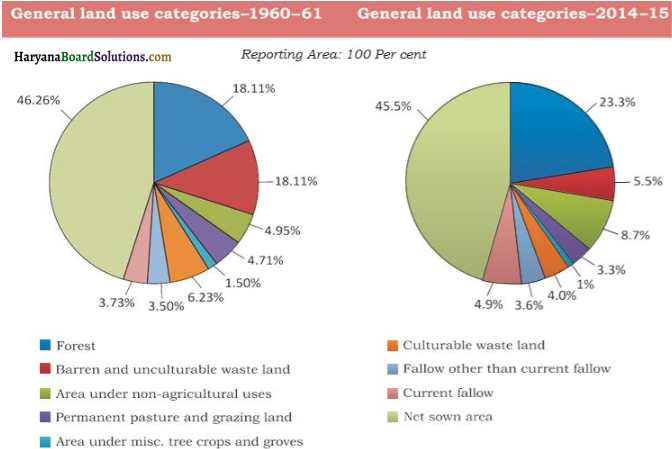
Causes of marginal change in net sown area:
- Government did not emphasize on increasing agricultural area.
- To increase production, other methods were adopted, like- using fertilizers, high yielding variety of seeds etc.
Causes of marginal change in forest cover:
- Cutting of forest was made illegal.
- Awareness was spread among the masses towards conservation of forests.
- Afforestation was also done.
Question 10.
Find out the reasons for the low proportion of net sown area in these states.
Answer:
The low proportion of the next sown area is found in Arunachal Pradesh, Mizoram, Manipur, and Andaman Nicobar Islands due to hilly relief conditions and badlands.
![]()
HBSE 10th Class Geography Resource and Development Textbook Questions and Answers
1. Multiple Choice Questions:
(i) Which one of the following types of resources is iron-ore?
(a) Renewable
(b) Biotic
(c) Stock
(d) Non-renewable.
Answer:
(d) Non-renewable.
(ii) Under which of the following types of resources can tidal energy be put?
(a) Replenishable
(b) Human-made
(c) Abiotic
(d) Non-recyclable.
Answer:
(a) Replenishable.
(iii) Which of the following is the main cause of land degradation in Punjab?
(a) Intensive Cultivation
(b) Deforestation
(c) Over irrigation
(d) Overgrazing.
Answer:
(c) Over irrigation.
(iv) In which one of the following states is terrace cultivation practiced?
(a) Punjab
(b) Plains of Uttar Pradesh
(c) Haryana
(d) Uttarakhand.
Answer:
(d) Uttarakhand.
![]()
(v) In which of the following states is black soil found?
(a) Jammu and Kashmir
(b) Maharashtra
(c) Rajasthan
(d) Jharkhand.
Answer:
(b) Maharashtra
2. Answer the following questions in about 30 words:
(i) Name three states having black soil and the crop which is mainly grown in it.
Answer:
(a) Maharashtra
(b) Madhya Pradesh
(c) Chhattisgarh/Gujarat.
Crops : Cotton is mainly grown in the black soil.
(ii) What type of soil is found in the river deltas of the eastern coast? Give three main features of this type of soil.
Answer:
Alluvial soil is found in the river deltas of the eastern coast. Three main features of this soil are :
(a) It is very fertile.
(b) It contains adequate proportion of potash, phosphoric acid and lime.
(c) It is a transported soil.
(iii) What steps can be taken to control soil erosion in the hilly areas?
Answer:
To control soil erosion in the hilly areas, various steps like-terrace farming, contour ploughing, shelter belts and strip cropping should be taken.
![]()
(iv) What are the biotic and abiotic resources? Give some examples.
Answer:
- Biotic Resources : These are obtained from biosphere and have life, such as human beings, flora and fauna, fisheries, livestock etc.
- Abiotic Resources : All those things which are composed of non-living things are called abiotic resources, such as rocks and metals.
Answer the following questions in about 120 words:
(A) Explain land use pattern in India and why has the land under forest not increased much since 1960-61?
Answer:
Land use pattern in India (2014-15) is as follows:
- Net sown area – 45.5%
- Forest – 23.3%
- Cultivable waste land – 4-0%
- Fallow land other than current fallow – 3-6%
- Permanent pastures – 3-3%
- Area Under Non-agricultural uses – 8-7%
- Miscellaneous tree crops and groves – 1-0%
- Current fallow – 4-9%
- Barren and waste land – 5-5%

Causes of marginal change in net sown area:
- Government did not emphasize on increasing agricultural area.
- To increase production, other methods were adopted, like – using fertilizers, high yielding variety of seeds etc.
Causes of marginal change in forest cover:
- Cutting of forest was made illegal.
- Awareness was spread among the masses towards conservation of forests.
- Afforestation was also done.
From above data we find that:
- Land under forest has increased during the last forty-five years.
- Land not available for cultivation has increased and land under tree crops has decreased.
- The land under permanent pasture has decreased.
![]()
Land under forest has not increased much since 1960-61 because of the following reasons:
- People are not using forest land properly. They are cutting trees without proper planning. They are not planting new trees.
- Population of India is increasing very rapidly. More and more land is being used for
construction of buildings to fulfil the requirements of increasing population. It is also required for the construction of roads, railway lines, factories, bridges, etc. - Wasteland reclamation plans are not implemented properly.
- Expansion in net sown area due to additional requirement of agricultural land.
- Due to mining and land degradation, land under fores ; has not increased much.
(B) How have technical and economic development led to increased consumption of resources?
Answer:
Technical and economic development have led to more consumption of resources. The following description reveals this:
- Technological development has converted subsistence agriculture into commercial agriculture, and this has led to the over-utilisation of soil.
- Technological development has led to industrialisation, which has increased the use of natural resources.
- Economic development has led to urbanisation and modernisation, which demands more resources.
- Technological development has also improved the process of mining.
- Higher level of technical development needs more and more resources for production activities.
- Information Technology has brought a boom in human choices, interests, hobbies, life style and status symbols.
- People are tempted to follow the western line of consumption.
Knowledge Basket
Question 1.
Make a project showing consumption and conservation of resources in your locality.
Answer:
Do it yourself with help of your teacher.
Question 2.
Have a discussion in the classroom – how to conserve various resources used in your school.
Answer:
Organize a discussion by yourself.
![]()
Question 3.
Imagine if oil supplies get exhausted, how will this affect our lifestyle?
Answer:
If the oil supply gets exhausted one day, this would affect our life in the following ways :
- The transport system would be severely affected.
- We would have to go by cycle or on foot.
- Goods would not be transported from one place to another place by vehicles.
- Vegetables and daily needs would become far more expensive.
Question 4.
Solve the puzzle by following your search horizontally and vertically to find the hidden answers.
Clues :
Natural endowments in the form of land, water, vegetation and minerals.
(ii) A type of non-renewable resource.
(iii) Soil with high water retaining capacity.
(iv) Intensively leached soils of the monsoon climate.
(v) Plantation of trees on a large scale to check soil erosion.
(vi) The Great Plains of India are made up of these soils.
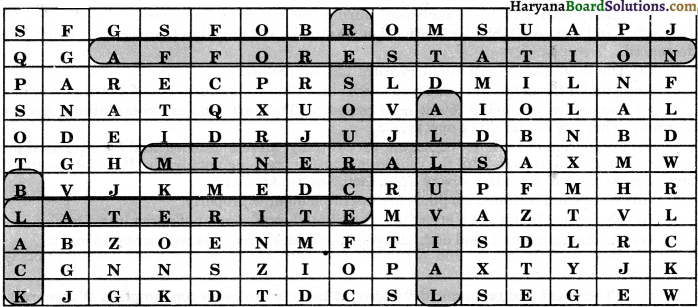
Answer:
(1) Resources
(2) Minerals
(3) Black,
(4) Laterite
(5) Afforestation
(6) Alluvial.
HBSE 10th Class Social Science Solutions Geography Chapter 1 Resource and Development Read More »

